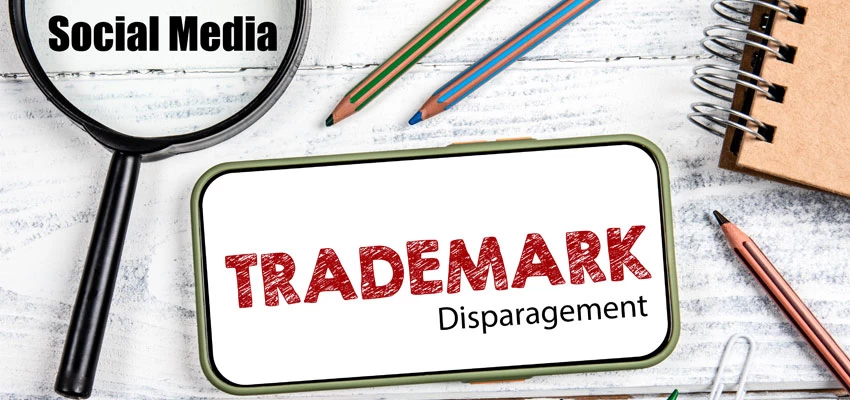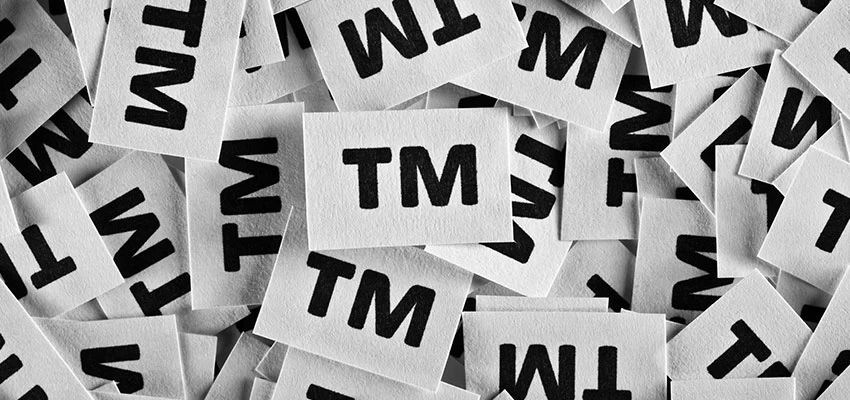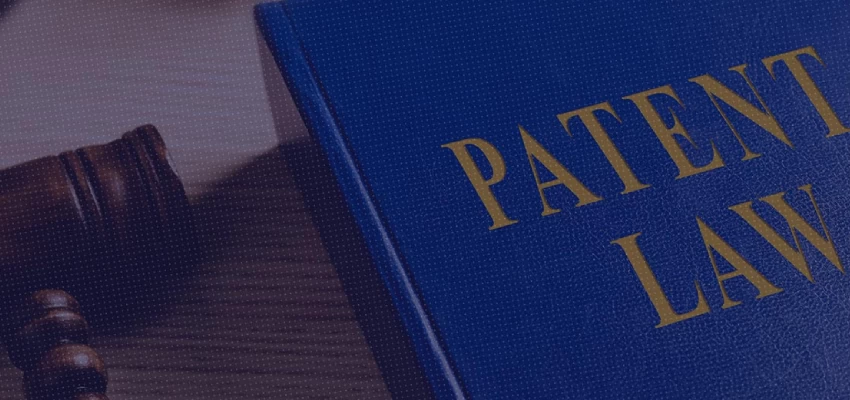Sections 57 and 59 of the Patents Act 1970 (‘Act’) which govern the amendments in the specification and claims of a patent Application, have always garnered attention. There have been multiple decisions of the erstwhile Intellectual Property Appellate Board (‘IPAB’) and the High Courts of India, with respect to these provisions. However, there had remained a need for further clarification.
Earlier, the Delhi High Court had passed an important judgement in the matter of Nippon A and L Inc. v. The Controller of Patents[1], whereby the Court allowed the conversion of product-by-process claims to process claims without attracting Section 59 of the Act. Now, the landmark Judgement passed by the Delhi High Court in the matter of Allergan Inc v. The Controller of Patents[2] (Order dated 20 January 2023) provides the additional much-needed clarity in these provisions. With this judgement, the Court has allowed the amendments made by Allergan Inc., for converting the method of treatment claims to product claims. The prosecution of the case as well as the essence of the order have been captured in the paragraphs that follow.
Facts of the case:
Allergan Inc. (‘Appellant’) filed the national phase Application 7039/DELNP/2012 titled ‘INTRACAMERAL SUSTAINED RELEASE THERAPEUTIC AGENT IMPLANTS’ at the IPO. The original claims 1-20 of the Application recited a method for treating an ocular condition which, among other steps, comprises a step of implanting biodegradable sustained release implants to the eye. In the First Examination Report (‘FER’), the Controller of the Patent Office (‘Controller’), among other objections, objected to the claims under the provisions of Section 3(i) of the Act stating that the subject matter of the claims relates to the method of treatment of human beings/animals. In response to this objection, the Appellant amended the original method claims to product claims, reciting ‘an intracameral implant’. The response to the FER was submitted along with the reduced amended set of claims 1-5. After reviewing the amendments and arguments made by the Appellant, the Hearing Notice was issued, wherein among other objections, the Controller objected to the amended claims under Section 59 of the Act. Essentially, the Controller asserted that the amended claims reciting ‘an intracameral implant’ were lacking support from the originally filed claims (i.e., as filed claims in PCT Application) and further, were not claimed in the corresponding PCT Application or while entering the national phase, and therefore, such claims cannot be allowed. Subsequent to the hearing and submissions, the Application was refused by the Controller on the premise that the amended claims as submitted by the Appellant are not allowable under Section 59 of the Act. It is also pertinent to note that the impugned order explicitly stated that due to the objection maintained under Section 59 of the Act, ‘there is no need to discuss the rest of the objections/sections with respective to the hearing notice for the present invention’.
The appeal proceeding:
Being aggrieved by the refusal order of the Controller, the Appellant filed an appeal before the Delhi High Court. The following paragraphs capture the catena of arguments and case law furthered by the learned counsels on behalf of the Appellant and the Respondent.
During the appeal proceeding, the Respondent submitted that the refusal of the Controller was strictly based on the statutes of the Act. Referring to Section 59 of the Act, the Respondent highlighted that the provision only provides for amendment of claims if the scope of the amended claim falls within the scope of the pre-amended claims of a patent application. Further, the Respondent clarified that any amendment made in the claims, must be explicitly supported by the pre-amended claims (in the present case, the as-filed claims submitted with the PCT Application). The Respondents further submitted that since the claims reciting ‘Implants’ as products were not a part of the as-filed claims, amending the original method claims to recite ‘Implants’ is in contravention of Section 59 of the Act. The Respondent interpreted Section 59 of the Act to envisage two different types of amendments, viz., amendment in the specification and amendment in the claims. The Respondent contended that while evaluating the amendments in the claims, the consideration of the specification is immaterial and only the originally filed claims should be considered. Further, the Respondent, while relying on Section 10(4) of the Act, argued that Section 10(4)(c) of the Act envisages that the ending of the complete specification with the actual claim or claims define the scope of the invention, thus, concluding that claims are only a part of the complete specification and cannot be equated with the complete specification. The order issued in the case of Nippon A and L Inc. v. Controller of Patents (paragraph 40) was also discussed by the Respondent to strengthen the abovementioned legal position.
The Appellant, in view of the impugned order, submitted that the Controller was incorrect in holding the Appellant at fault for (1) including the ‘Implant’ claims in the originally filed claims, which were lacking support and (2) not including ‘Implant’ claims while entering the national phase in India. For the former part of the alleged rejection, it was explained that the reason that the Appellant has sought protection for the method of treatment in the originally filed claims was because such claims are allowed by the United States Patent and Trademark Office (hereinafter ‘USPTO’). For the latter part of the alleged rejection, reference was made to Section 138(4) of the Act, which mandates that an application in India shall be filed with title, description, claim, abstract and drawings as-filed in the international Application. What the Appellant pointed out in this line of argument was that, since a PCT Application is always filed in multiple jurisdictions, it is impractical, rather impossible, to expect that the original claims will comply with the patentability requirement of all jurisdictions worldwide.
With regards to complying with the requirements of Section 59 of the Act, the Appellant provided that the aspect of the ‘Implant’ is well noted in the original as-filed claims, which essentially claims for the method of treating ocular deficiencies using such implants. The aspect of the ‘Implants’, their constitution and composition have been well explained in the as-filed specification across 60 paragraphs out of a total of 97 paragraphs. The claims reciting ‘Implants’ are well supported by the as-filed specification, and the scope of the claims is not broadened or expanded by said amendments. The Appellant concluded their arguments by stating that since the amendments in the claims do not go beyond the disclosure of the as-filed specification and are well supported by the specification, the same should be allowed under Section 59 of the Act.
The decision:
After hearing both parties exhaustively, the Court concluded that the amendments made by the Applicant in the original claims, i.e., amendment of the method of treatment claims to product (Implant) claims should be allowed under the Act. The important observations of the Court in the judgement are listed below:
- The main question of law before the Court was to adjudicate upon the interpretation and boundaries of Section 59 of the Act. For the interpretation of the said Section, the Court referred to the decisions made in Shailesh Dhairyawan v. Mohan Balkrishna Lulla[3], Richa Mishra State of Chhatisgarh[4] and, most recently, X v. Principal Secretary, Health & Family Welfare Department, GNCTD[5]. These decisions clarified that literal construction with faithful adherence to the plain words of the statute is no longer the golden rule of interpretation, and this gives way to the principle of purposive interpretation. Referring further to Bishwanath Prasad Radhey Shyam v. Hindustan Metal Industries[6], the Court reaffirmed that ‘the object of patent law is to encourage scientific research, new technology and industrial progress’. The Court expressly noted that interpreting the sections of the Act in a way that it renders a possibly inventive invention as non-patentable will be against the very purpose of the Act.
- For the boundary and scope of Section 59 of the Act, the Court placed reliance on the order issued for Nippon A and L Inc. v. Controller of Patents, which further cites the erstwhile IPAB’s order in the matter of Tony Mon George The Controller General of Patents, Designs & Trademarks[7], which noted that if the claims, post amendment, define the features of the invention for clarification or disclaim the earlier claimed features, then the same can be allowed. Reliance was also placed on the Ayyangar Committee Report[8] stating that the report particularly notes that the invention before and after amendment need not be identical ‘so long as the invention is comprehended with the matter disclosed’. The Court further applied the standard of the report to the present provision of Section 59 of the Act and clarified that amendments to a patent specification or claims prior to grant ought to be construed more liberally rather than narrowly. The Court also compared the Article 123 of the European Patent Convention which echoes the position of Section 59 of the Act in mandating that nothing new should be permitted to be inserted in the specification or claims. However, amendments in claims which are supported by the as-filed specification, and restricted to the disclosures already made in the specification, should not be rejected.
- Keeping the aforesaid points in mind, the Court clarified that discriminating between the claims and the as-filed specification by considering the two as separate ‘would militate against the very ethos and philosophy of the Patents Act’. Re-quoting Bishwanath Prasad Radhey Shyam, the Court held that the correct way to read the patent Application is to first read the specification in order that the mind may be prepared for what it is, that the invention is to be claimed (paragraph 43). Further, while citing Parkinson Simon[9] in this judgement on paragraph 43, the Court emphasized that the specification and the claims must be looked at and construed together. The case of Merck Sharp & Dohme Corporation v. Glenmark Pharmaceuticals[10] was referred to by the Court for explaining that ‘the construction of claims is not something that can be considered in isolation from the rest of the specification’ (paragraph 48). Similarly, the Court observed that ‘the claim by itself, and de hors the complete specifications which accompany it, cannot convey, to the Court, the exact scope of the claim’. After referring to the submissions made by the Appellant, the Court noted that the support for the Implant is found throughout the as-filed specification which provides the peculiarities and characteristics of the implant in detail. Thus, the Implants of the amended claims do form a part of the original as-filed claims and specification.
Conclusion:
The Delhi High Court hence quashed the Controller’s refusal order and considered the amendments in the claims as allowable. The Court further clarified that the present decision is exclusively for the permittance of amending the claims from process to product; and that the Controller shall freshly examine the claims for patentability on merits.
The present order will definitely serve to be a significant milestone in the history of patent prosecution in India. It is expected that the decision will open gates for several aspiring Applicants who wish to obtain a patent in India for their exceptional and important inventions but are barred by the fences of Section 59 of the Act. What is also highlighted by the Court in this order is the fact that the ultimate goal of enshrining the IPR, and thus the Patents Act, is to encourage inventors and promote their invention. It is also interesting to note that the Order has emphasized that the provisions of the Act should be interpreted with certain perceptiveness considering the principle of natural justice. The provisions recited in the sections serve as a guideline for the Controllers as well as the Inventors. However, if the provisions debar the inventors from patenting their rightful invention, then the same would be against the very principle of the Act.
The year 2022 and the beginning of 2023 has witnessed noteworthy decisions in lieu of claim amendments. What is worth noting is that both the decisions, the orders have placed special reliance on the Ayyangar Committee report, stating that the intention of the report was to allow wider permissibility in claim amendments before the grant and it is not needed for the invention to be identical before and after the amendment. Hence, it is important that the scope of the amendments is comprehended within the subject matter as disclosed in the as-filed specification.
[The authors are Associate and Partner, respectively, in IPR practice at Lakshmikumaran & Sridharan, New Delhi]
- [1] Nippon A And L Inc. v. The Controller of Patents, 2022 SCC OnLine Del 1909
- [2] Allergan Inc v. The Controller of Patents, 2023 SCC OnLine Del 295
- [3] Shailesh Dhairyawan v. Mohan Balkrishna Lulla, (2016) 3 SCC 619
- [4] Richa Mishra v. State of Chhatisgarh & Ors., (2016) 4 SCC 179
- [5] X v. Principal Secretary, Health & Family Welfare Department, GNCTD, 2022 SCC OnLine SC 1321
- [6] Bishwanath Prasad Radhey Shyam v. Hindustan Metal Industries, AIR 1982 SC 1444
- [7] Tony Mon George v. Controller General of Patents, Designs & Trademarks, 2020 SCC OnLine IPAB 988
- [8] Report on the Revision of the Patents Law, Rajagopal Ayyangar Committee, September 1959
- [9] Parkinson v. Simon, (1894) 11 RPC 483
- [10] Merck Sharp & Dohme Corporation v. Glenmark Pharmaceuticals, (2015) 64 PTC 417











